Any acquaintances of mine will testify my hatred for the term tempo. My hatred, however, does not lie in the word itself. It instead lies on its use as an umbrella term used when asked to describe the map state of the game. With this article, I will be providing my own definition of tempo through the trading card game Magic: The Gathering and how it can raise serious problems in the context of League of Legends.
What is tempo and why is it a bad term to use?
Since I don’t have enough time or knowledge required to trace the term’s history in Chess and music, the proper place to start the conversation would be the Magic: The Gathering community’s interpretation of this turn. For people who may not be familiar with the trading card game, Magic: The Gathering’s main objective is to reduce the opponent’s health points from twenty to zero. In order to do this, they must use their cards to summon minions and cast spells. All of the players’ actions are bound by the amount of mana they possess, which are harnessed through the land cards the players possess on the field.
Tempo is a specific deck archetype revolving around low-cost cards that can slowly push the player towards the win. The entire deck revolves around accomplishing this win condition while denying the opponent’s attempts to disrupt it. This is where problems arise when one tries to apply tempo to League of Legends. The self-focused gameplay of tempo decks cannot be replicated in a game where the game plan must change in accordance with the enemy’s team composition.
An example would be Game 3 of DWG KIA vs T1 during Week 3 of the League of Legends Champions Korea 2022 spring split. In isolation, DK’s composition excels in 5v5 front-to-back fighting with engaging options from Jarvan IV and a formidable anti-engage option from Graves, Lux, and Viktor. However, agreeing to a 5v5 standoff against T1 leaves DK hopelessly outranged by T1’s composition. Even before Jarvan IV gets a chance to engage, his teammates would be in a ragged shape from all the Shock Blasts from Jayce. This is one of many examples of how dangerous applying concepts of tempo can be in League of Legends.

Mana curve, the alternative term to view League of Legends
Looking at the game through the lens of mana curves is the far better alternative because it is a term that is reliant on the conditions of the opponent’s win condition. A mana curve defines the time and method in which the deck will be at its strongest. The way the player plays the game is designed by comparing their game curve with the opponent’s. In League of Legends, this would be exemplified through how early-game, snowball-based compositions have to determine their lane assignments based on what type of composition the opponents have. If the opponent’s composition will soon outperform theirs, the team may have to resort to playing two lanes and sacrifice farm in one lane to accelerate the pace.
Going back to the DK vs T1 game, if DK understood that T1’s composition would be in an advantageous situation if DK forced their typical win condition, they would resort to seeking an alternative solution. DK can send Caitlyn and Lux, a very powerful duo capable of destroying enemy towers and champions at a fast rate, along with Jarvan IV towards a side lane to force T1’s champions to split up. Using the pressure that they have earned, DK can then use the earned numbers advantage to acquire neutral objectives.

The mana curve can also be applied at a micro-level to determine a champion’s role in the game. For example, Renekton’s role can vary drastically depending on the type of composition he is in. He can often be the centerpiece in early-game compositions due to his unparalleled strength until his second item. He can also act as a bridge for carries in mid and bot where he uses his strength to shore up their early-game weaknesses.
A common response to a critique like this would be that tempo in League of Legends is a term with a different definition than in Magic: The Gathering. That, in itself, is a problem as well since it encourages the common practice of its use as a blanket word to add importance to an otherwise empty statement. Clearly defining the term, and then recognizing its limitations would be the first step to leading a more productive discourse.



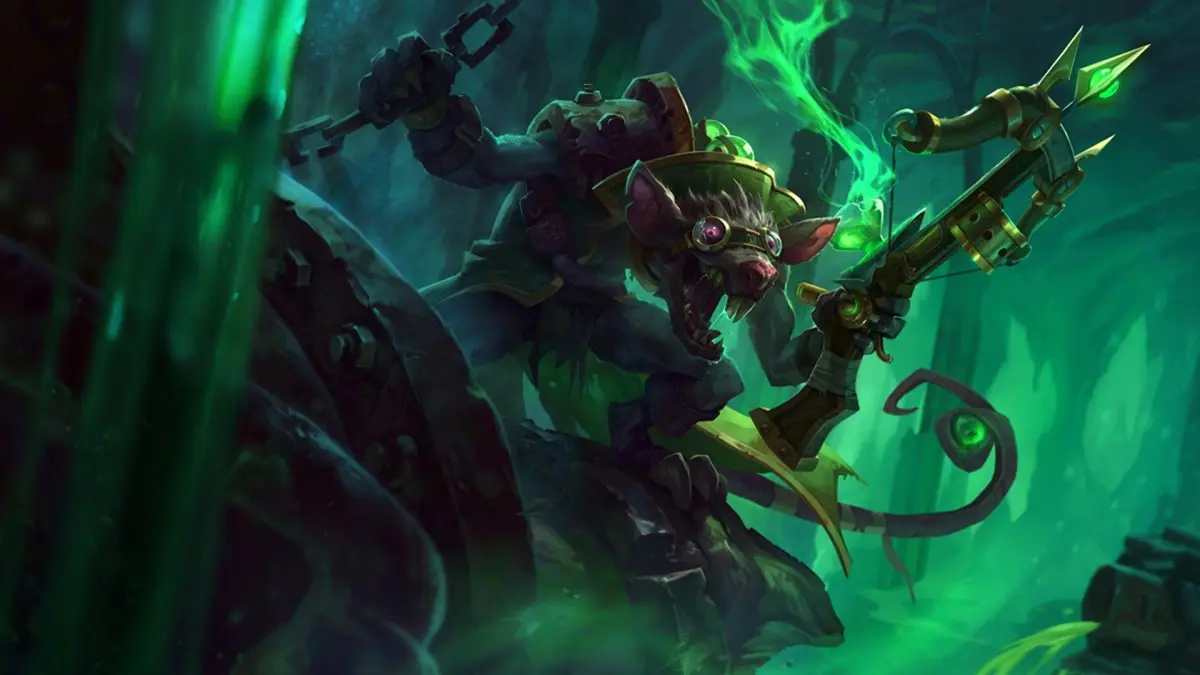
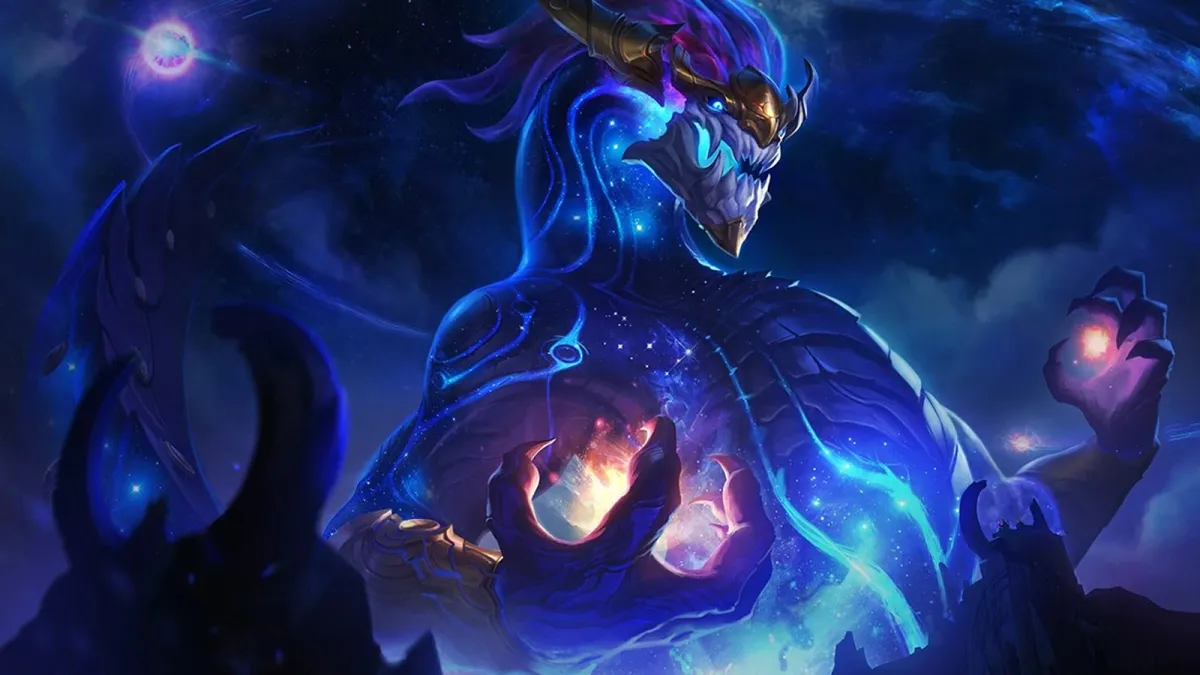
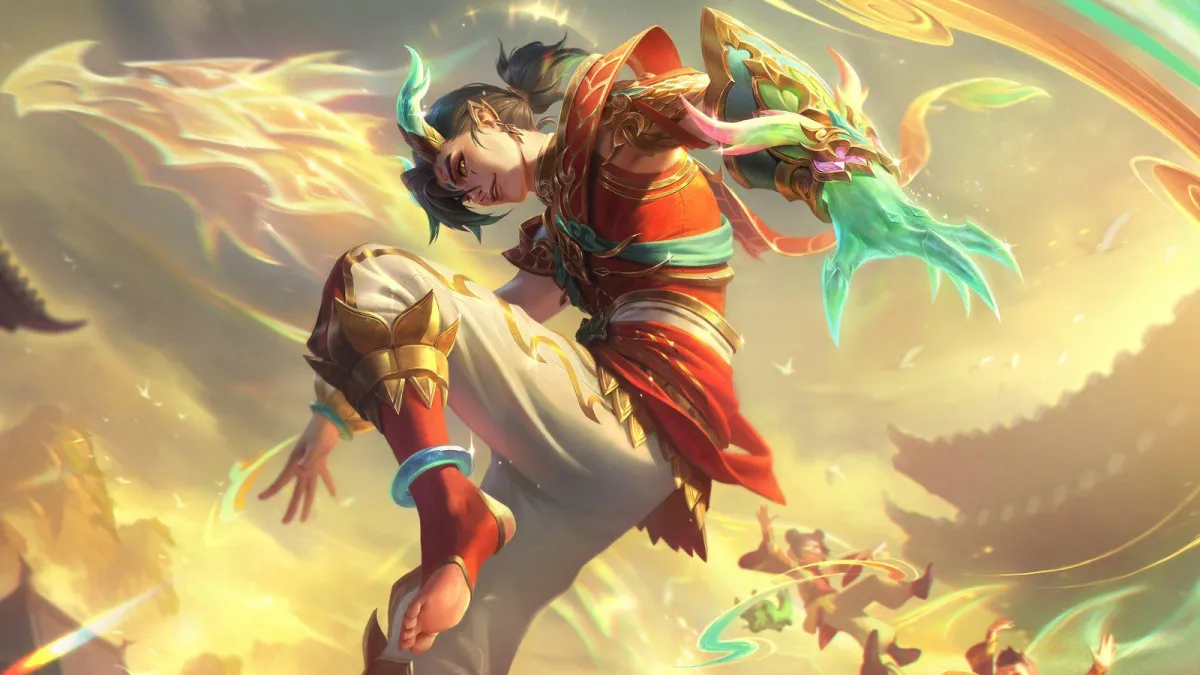

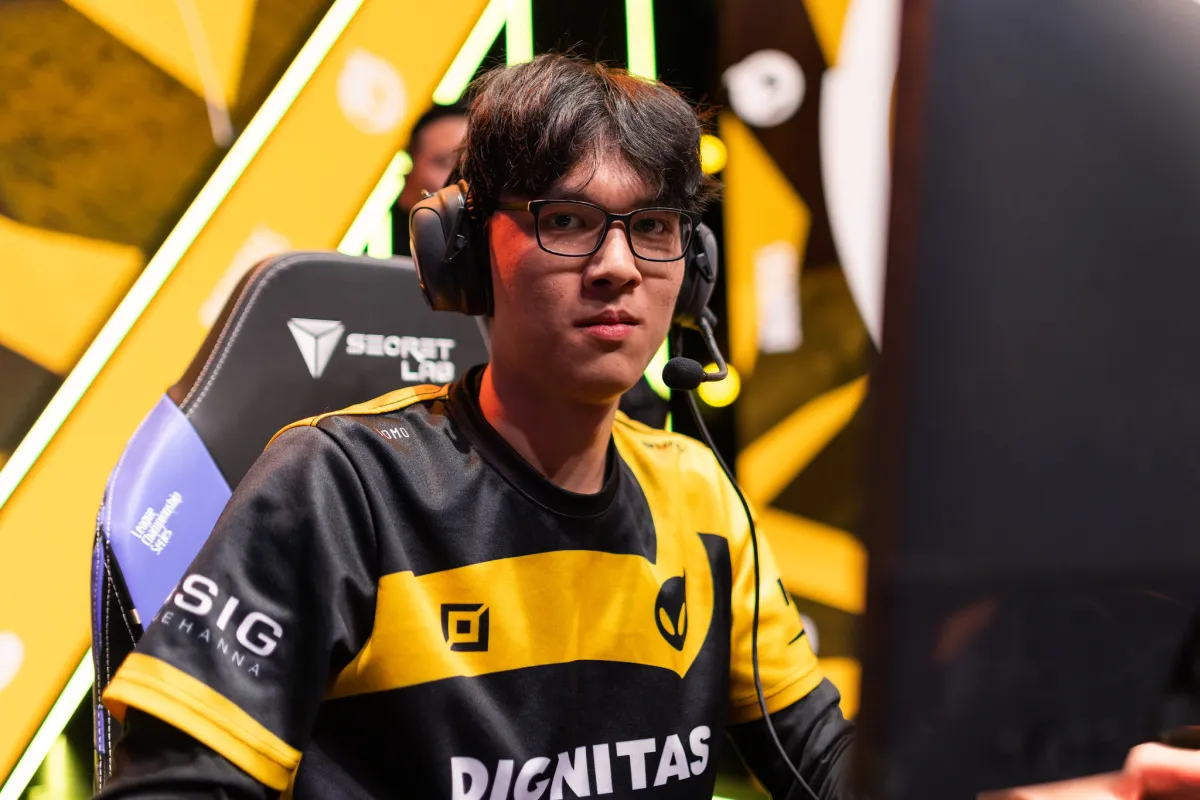





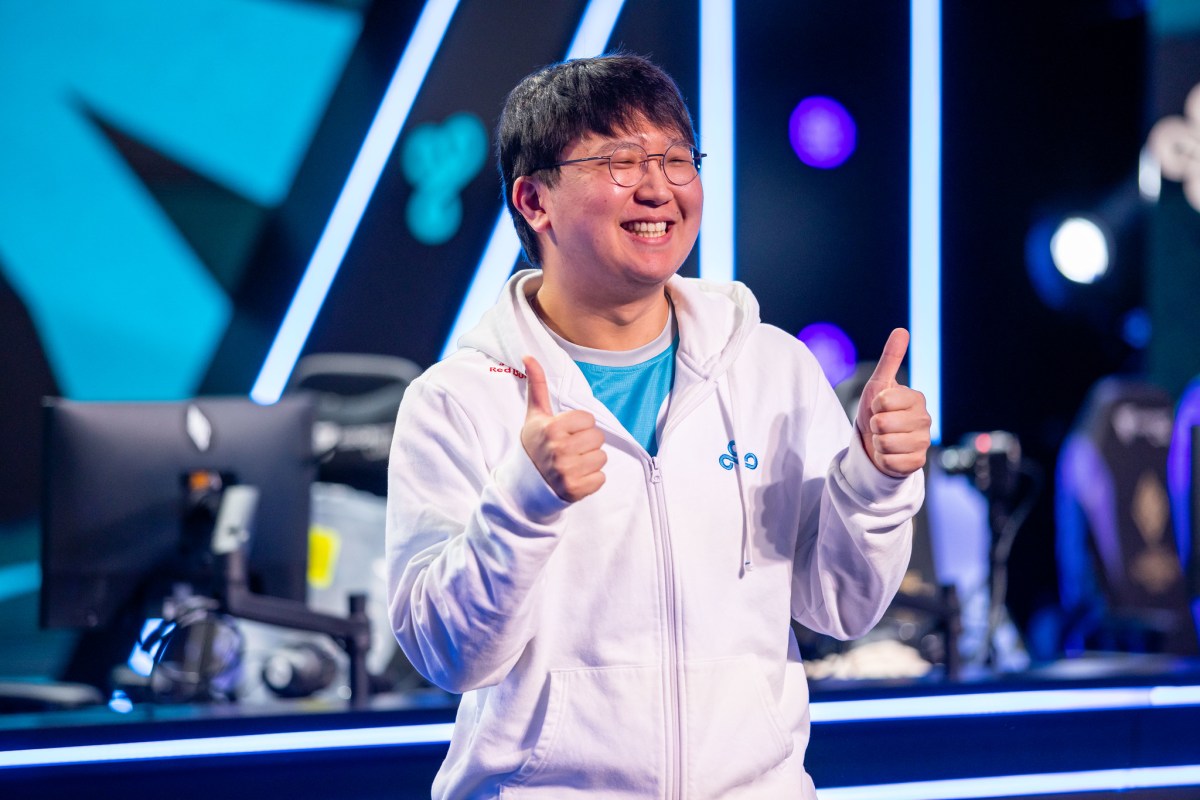


Published: Feb 5, 2022 02:23 pm